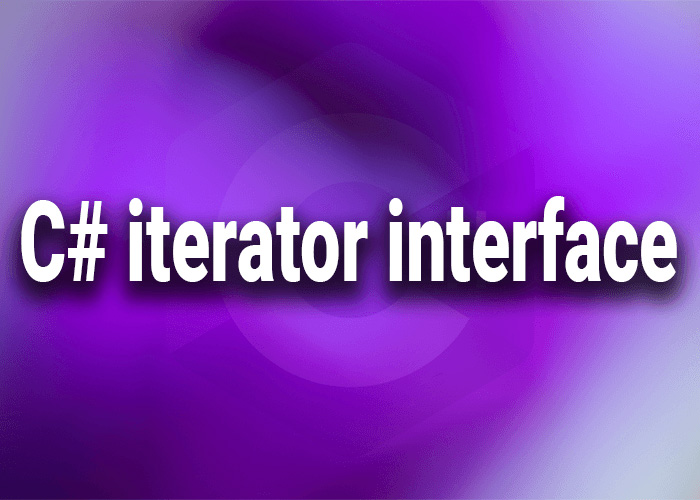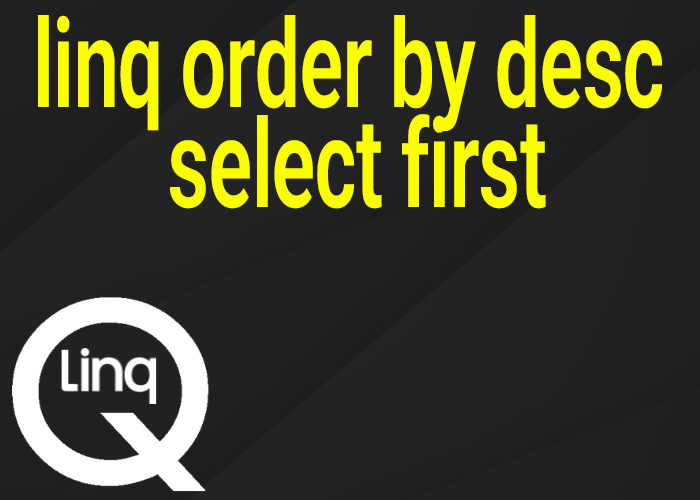Understanding and Implementing the Iterator Interface in C#
In C#, the iterator interface refers to a pattern that allows objects to be accessed sequentially without exposing the underlying representation. The primary interfaces involved are IEnumerable and IEnumerator. These interfaces are foundational to the .NET framework's collection types and are crucial for any C# developer working with custom collection types. This article explores what these interfaces entail, how to implement them, and why they are beneficial for managing collections.
What Are IEnumerable and IEnumerator?
The IEnumerable interface and its generic counterpart IEnumerable<T> require the implementation of a single method, GetEnumerator(), which returns an IEnumerator or IEnumerator<T>. This returned enumerator is then used to iterate over the collection.
The IEnumerator interface provides the mechanism to traverse the collection. It includes:
- Current: A property that returns the current element in the collection.
- MoveNext(): A method that advances the enumerator to the next element of the collection.
- Reset(): A method that sets the enumerator to its initial position, which is before the first element in the collection.
Implementing IEnumerable and IEnumerator
To implement these interfaces effectively, follow these detailed steps which outline both the non-generic and generic versions.
Step 1: Define Your Collection
Suppose you have a simple collection that stores elements. Here's a basic implementation:
public class BoxCollection : IEnumerable<Box>
{
private List<Box> boxes = new List<Box>();
public void Add(Box box)
{
boxes.Add(box);
}
public IEnumerator<Box> GetEnumerator()
{
return new BoxEnumerator(boxes);
}
IEnumerator IEnumerable.GetEnumerator()
{
return GetEnumerator();
}
}
Step 2: Implement IEnumerator
Next, define BoxEnumerator by implementing IEnumerator<Box>:
public class BoxEnumerator : IEnumerator<Box>
{
private readonly List<Box> _boxes;
private int _position = -1;
public BoxEnumerator(List<Box> boxes)
{
_boxes = boxes;
}
public Box Current => _boxes[_position];
object IEnumerator.Current => Current;
public bool MoveNext()
{
_position++;
return (_position < _boxes.Count);
}
public void Reset()
{
_position = -1;
}
public void Dispose()
{
// Implement this method if there is unmanaged resources to clean up
}
}
Why Implement IEnumerable and IEnumerator?
- Flexibility: Custom implementation of these interfaces allows your collection to be used in a foreach loop and other standard .NET framework functionalities that require these interfaces.
- Control: You gain complete control over how the elements are iterated, which can be optimized or customized according to the specific needs of your collection.
- Compatibility: Implementing these interfaces ensures that your collection will work seamlessly with LINQ and other data processing tools in the .NET ecosystem.
Best Practices
- Exception Handling: Ensure that your iterator gracefully handles potential errors, such as modifications to the collection during iteration.
- Thread Safety: Consider thread safety during implementation, especially if the collection might be accessed concurrently from multiple threads.
- Memory Management: Implement IDisposable where necessary, especially if your iterator holds onto resources like file handles or network connections.
Conclusion
Implementing the iterator interface in C# is essential for creating collections that are both robust and versatile. By adhering to the patterns established by IEnumerable and IEnumerator, you enable your custom collections to integrate seamlessly with the broader .NET framework, enhancing both usability and functionality. Whether you're building simple data structures or complex collection classes, understanding these interfaces will significantly improve your capabilities as a C# developer.





